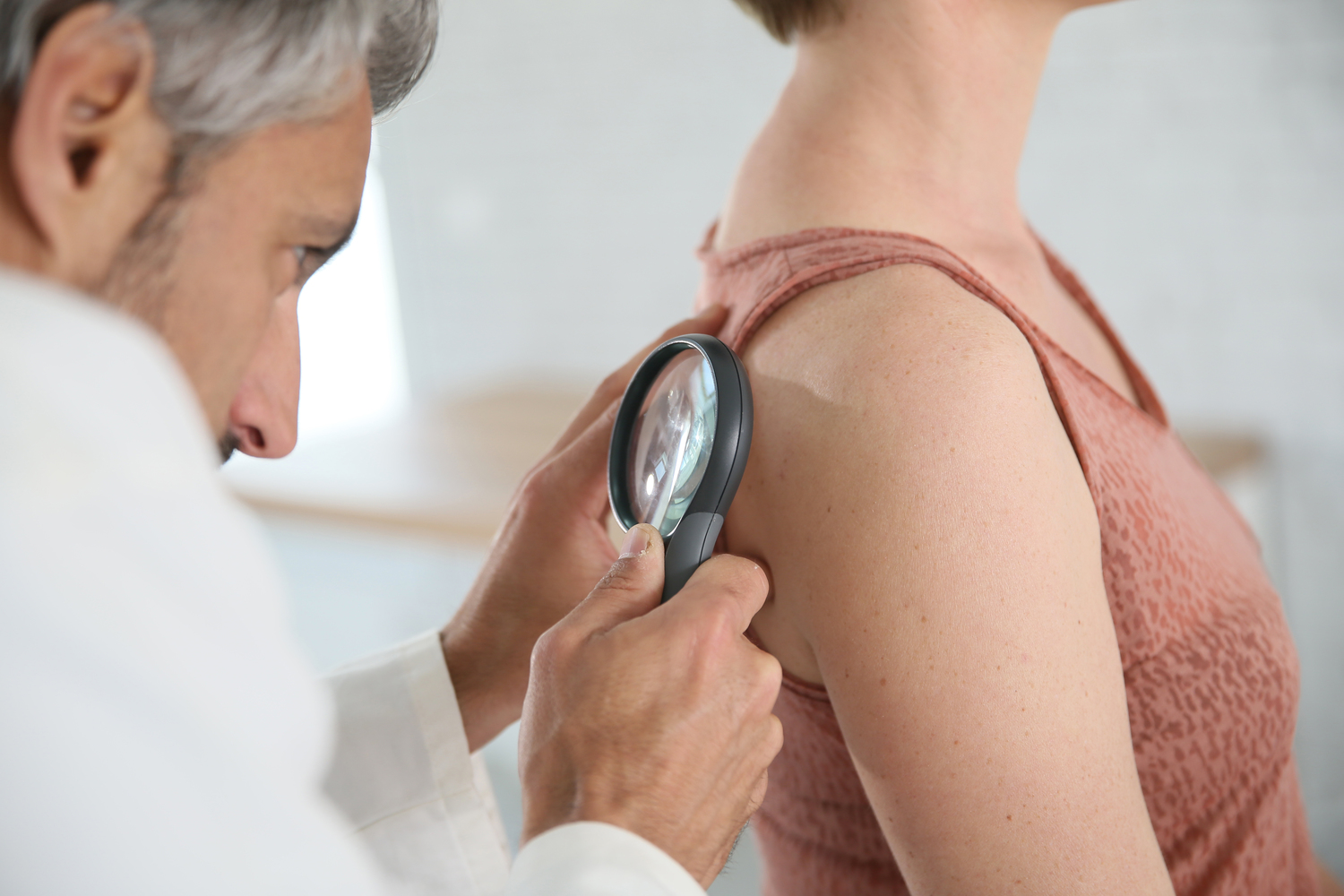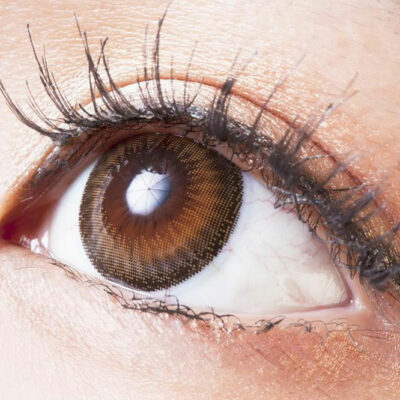
Melanoma – Prevention, Symptoms, and Treatment
Melanoma is the most severe form of skin cancer. It begins in the melanocyte cells that produce melanin pigment. This pigment gives the skin its color. However, in some rare cases, melanoma can also affect your intestines and eyes. Melanocytes start producing more melanin when the skin is exposed to tanning beds and ultraviolet rays.
Melanoma is caused when the ultraviolet radiation triggers the mutation of the melanocytes. As a result, the melanocytes start to multiply and grow uncontrollably. Cancer may present itself in various sizes, shapes, and colors. Knowing about melanoma and its prevention, symptoms, and treatment is important to increase your chances of survival.
How to prevent melanoma
The best way to prevent melanoma is by limiting your exposure to sunlight. You may take the following precautionary measures:
- Use a sunscreen with a minimum SPF of 30
- If you are exposing yourself to sunlight for a long period, reapply sunscreen after every 2 hours
- Wear protective clothing that reflects the ultraviolet rays
- The sun is at its highest intensity between 10 AM and 4 PM, so you should try and avoid the sun during this time
- Children should be kept out of direct sunlight
- Make children wear protective clothing
- Avoid using tanning salons, sun lamps, and tanning beds
- Inspect your skin regularly for signs of melanoma
- Get your skin checked by professionals
Symptoms of melanoma
The symptoms of melanoma usually present themselves in the area that is the most exposed to the sun. The most common locations are the arms, face, back, and legs. Hidden melanoma may manifest themselves in places that don’t receive much exposure to sunlight, such as the beds of your fingernails, the soles of your feet, and the palms of your hand.
The first sign of melanoma is a strange-looking mole on your skin. Normal moles are uniform in shape, color, and size, and have a distinct border that separates them from the surrounding skin. Here are some of the ways you can distinguish between a normal mole and a cancerous one.
- A mole caused due to melanoma will often change in size, color, and shape
- The border between the mole and the surrounding skin is unusual or botched
- The mole diameter is longer than six millimeters
- The mole is asymmetrical
Melanoma may also occur in the eye and interfere with one’s vision. It may also occur underneath the nails, more commonly in people of color. In rare cases, melanoma presents itself in the mucous membranes of the intestine, anus, vagina, nose, mouth, and urinary tract.
Treatment
Your dermatologist should be consulted if you notice symptoms of melanoma as they know all about melanoma, its prevention, symptoms, and treatment. Some of the common treatment techniques include:
- Surgery
- Radiation therapy
- Chemotherapy
- Immunotherapy
Melanoma is a potentially deadly skin condition that mostly affects people who do not take care of their skin. However, sometimes it can be caused due to genetics. When detected in the early stages, it has a higher chance of cure. Those belonging to high-risk groups should follow precautionary measures.


